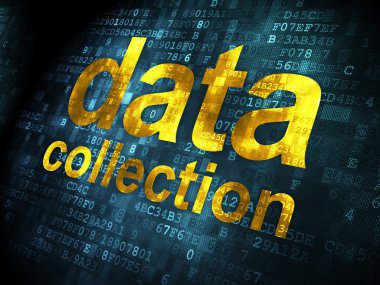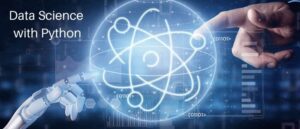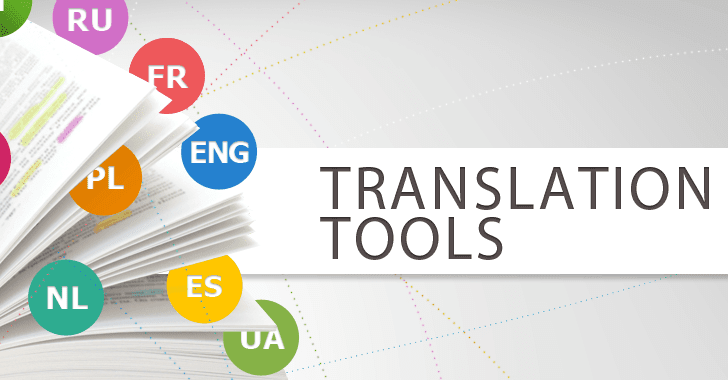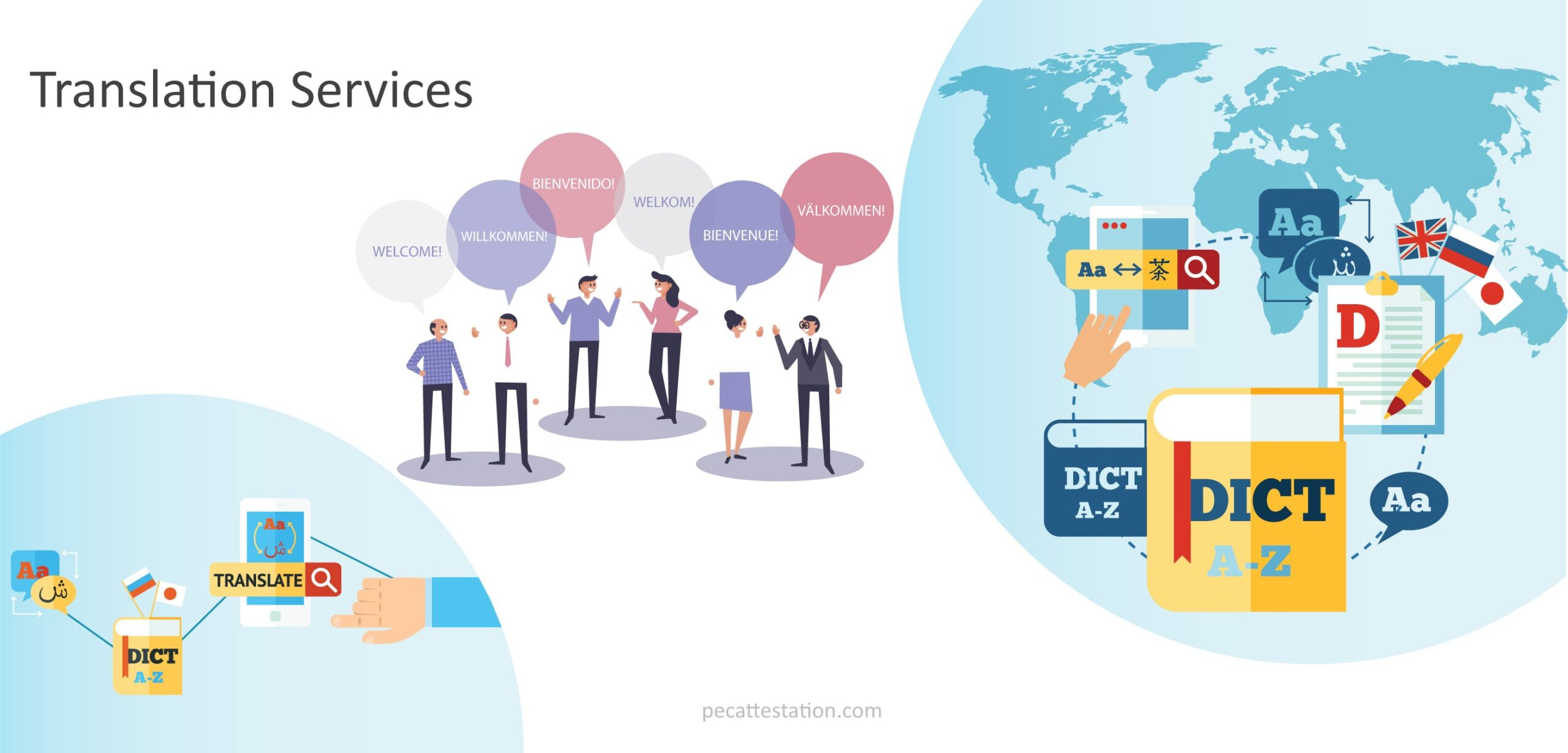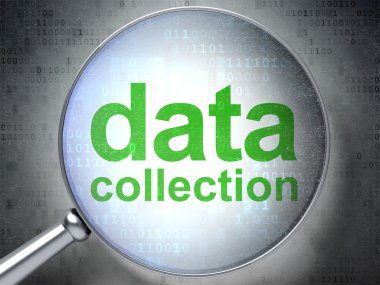Data collection best instruments in research

Are you going to do market research and don’t know what data collection technique you are going to use? I remind you that the design of your research will depend on this, so think carefully before saying whether you will do interviews, use the observation method or perhaps online surveys.
Before deciding which method you will choose to collect data, it is important to know what you want to obtain through this research, to be clear about the objectives to know which data collection technique will give us the best results.
What is data collection?
Data collection refers to the systematic approach of gathering and measuring information from various sources in order to obtain a complete and accurate picture of an area of interest.
Collecting data allows an individual or company to answer relevant questions, evaluate results, and better anticipate future probabilities and trends. Accuracy in data collection is essential to ensure the integrity of a study, sound business decisions, and quality assurance.
For example, you can collect data through mobile apps, website visits, loyalty programs, and online surveys to learn more about customers.
How to collect data correctly?
There are different data collection methods that can be useful to you. The choice of method depends on the strategy, type of variable, desired precision, collection point, and interviewer skills.
The research interview
Interviews are one of the most common methods. If you decide to do it, pay special attention to the questions you will ask, which also depend on whether you will do a face-to-face interview, over the phone, or even if it is by email.
Know the types of interviews and select the appropriate one for your research. Take into account that more resources, both financial and personnel, are usually needed to carry out interviews. Especially if you decide to conduct interviews in the field, or by telephone. Use all the information you have at your disposal. There may be archives of interviews from previous years that can serve as a reference for your research.
Knowing the past behavior of your consumers is of great importance when analyzing how consumer habits have changed.
Telephone interviews
Telephone interviews allow researchers to collect more information in a shorter amount of time, saving on expenses such as travel and survey materials. An advantage of this tool is that participants feel more confident when answering because they are not being observed.
Among the advantages of this tool is its great scope and the easy management of the data obtained. However, in many cases, the researcher does not have control of the interview; in addition, he or she must ensure that it is a short process so that it does not cause the participant to abandon it.
The questionnaire for data collection

Questionnaires are a useful tool for data collection. To obtain the expected results, they need to be done carefully. That is why before writing it, it is important that the researcher defines the objectives of his research.
There are two formats of questionnaires: open questionnaires, which are applied when you want to know people’s opinions, experiences and feelings on a specific topic.
On the other hand, in the closed questionnaire the researchers have control of what they ask and want to know, which can cause the participants’ responses to be forced and limited.
Observation method
If what you prefer is to do on-site observation to know the behavior of your clients, I remind you that you can do it using other methodologies.
Can online surveys be combined with other methodologies ?
How would you like to be doing observation at hand, for example, on a mobile device, where you have access to the questionnaire that you have created with the points to investigate, and fill it in instantly with the information obtained during your observation? . Remember that you can access our tool online and offline.
Keep in mind that the way you record the information will be of great help when analyzing it. Being able to measure and present reports with accurate and real data is very important for correct decision making.

Use online surveys to collect data
Collecting data through online surveys has great advantages. If you use platforms like QuestionPro, you have various types of questions available, the use of personalized and logical variables that allow you to obtain better results and help you understand your clients in depth.
Through our platform you have the results instantly, you can see them in real time to follow up on your research; In addition to generating reports in various formats.
Also consider that collecting data through online surveys has a lower cost than, for example, doing it through in-person interviews, without forgetting that you can have your results in less time, instead of days, weeks, or even months, which is the time it could take to collect data through interviews or the observation method.
Conduct a focus group
A focus group is a form of qualitative study that consists of holding a meeting where people can discuss or resolve an established topic. This type of debate helps generate ideas, opinions, attitudes that cannot be observed with another method of data collection.
With this method, large amounts of information can be obtained, since participants feel confident to give their opinion and offer honest and accurate answers.
Group sessions are the ideal tool to obtain feedback from participants. However, they do have some disadvantages. Among the most important is the lack of control during the debate, which causes time to waste on irrelevant topics and complicates the analysis of the information. This can be solved with a moderator who is an expert in the area.
Online panels for data collection
Online panels are a tool that allows data to be collected through highly professional and qualified people. One of the advantages of this method is that participants will give specific and clear answers.
Some of the advantages of using online panels are its ease of accessing channels and obtaining direct information from the target audience. In addition, it is a very economical research method that allows obtaining quality information.
Make correct decisions based on the data obtained
Regardless of the method you decide to use to collect data, it is important that there is direct communication with decision makers. That they understand and commit to acting according to the results.
For this reason, we must pay special attention to the analysis and presentation of the information obtained. Remember that this data must be useful and functional to us, so the data collection method used has a lot to do with it. The conclusion you obtain from your research will set the course for the company’s decision-making, so present your report clearly, listing the steps you followed to obtain those results. Make sure that whoever is going to take the corresponding actions understands the importance of the information collected and that it provides the solutions they expect.
Research Instrument Meaning
Research instruments are tools used for data collection and analysis. Researchers can use these tools in most fields. In business, they aid marketers in market research and customer behaviour study. Some examples of research instruments include interviews, questionnaires, online surveys, and checklists. Choosing the right research instrument is essential as it can reduce data collection time and provide more accurate results for the research purpose.
Research Instrument Examples
There are many examples of research instruments. The most common ones are interviews, surveys, observations, and focus groups. Let’s break them down one by one.
The interview is a qualitative research method that collects data by asking questions. It includes three main types: structured, unstructured, and semi-structured interviews.
- Structured interviews include an ordered list of questions. These questions are often closed-ended and draw a yes, no or a short answer from the respondents. Structured interviews are easy to execute but leave little room for spontaneity.
- Unstructured interviews are the opposite of structured interviews. Questions are mostly open-ended and are not arranged in order. The participants can express themselves more freely and elaborate on their answers.
- Semi-structured interviews are a blend of structured and unstructured interviews. They are more organised than unstructured interviews, though not as rigid as structured interviews.
Compared to other research instruments, interviews provide more reliable results and allow the interviewers to engage and connect with the participants. However, it requires experienced interviewers to drive the best response from the interviewees.
Tools used in interviews may include:
Audio recorder (face-to-face interview)
Cam recorder & video conferencing tools (online interview)
Check out our explanation Interview in Research to learn more.
Research Instrument: Surveys
Survey research is another primary data collection method that involves asking a group of people for their opinions on a topic. However, surveys are often given out in paper form or online instead of meeting the respondents face-to-face.
Research Instrument: Telephone
The telephone is another research instrument for quantitative research. It is based on random sampling and also has low interviewer bias. However, phone calls tend to be short (less than 15 minutes), giving interviewers little time to collect in-depth information. Customers can also hang up when they are distracted by something else.
Research Instrument: Interviews
Most interviews are qualitative in nature, but some are quantitative, especially those carried out in a structured manner. An example is structured interviews which include closed-ended questions arranged in a specific order.

